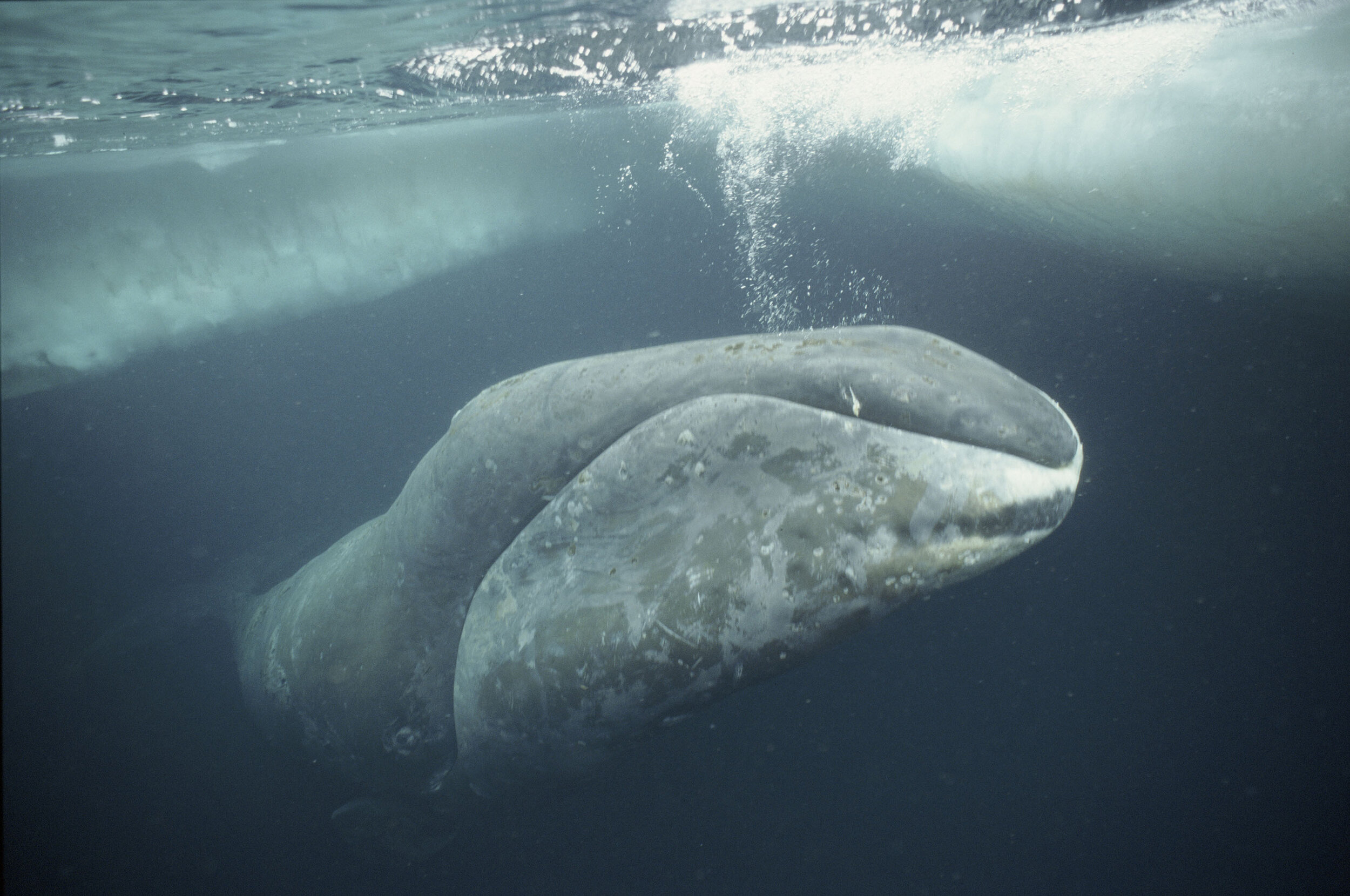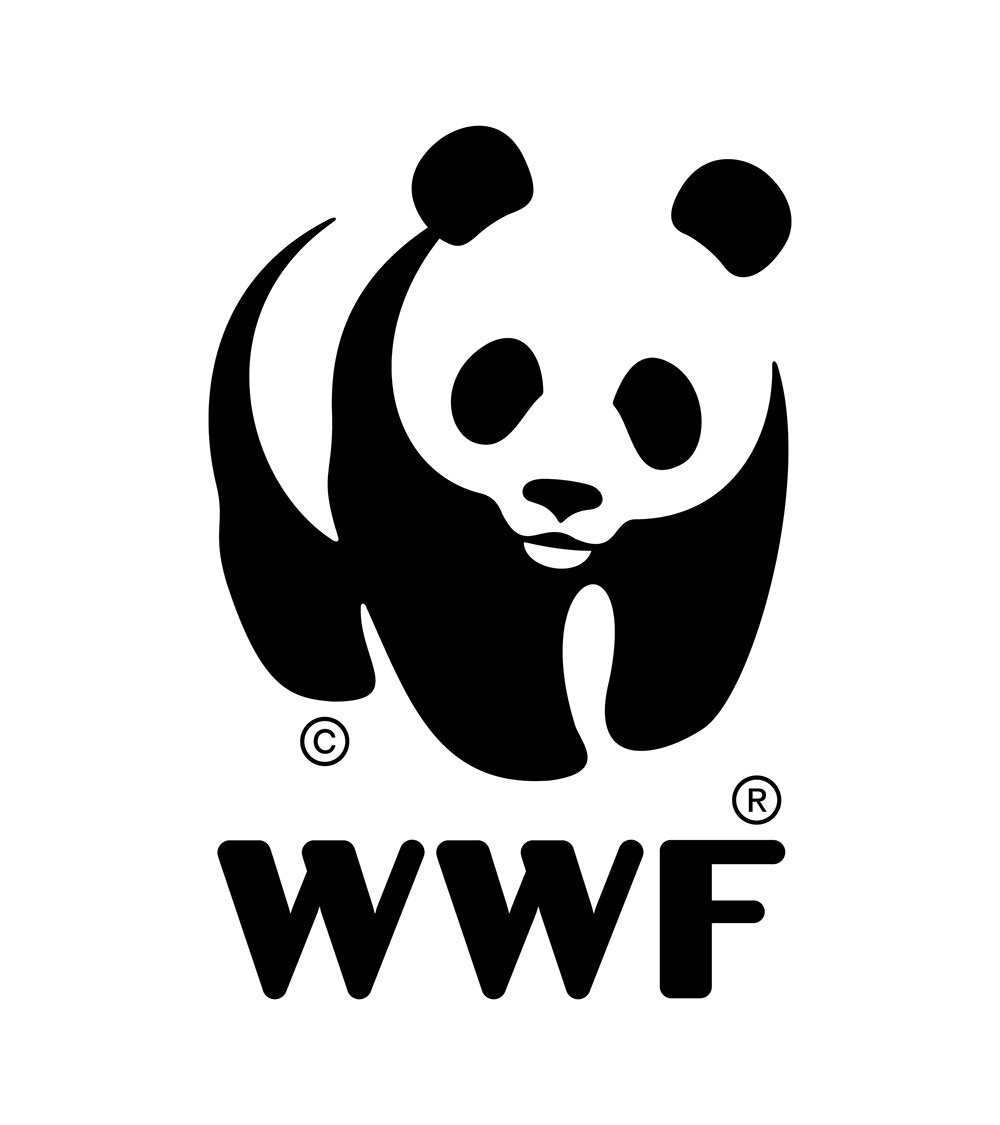
Climate change
Whales, dolphins, and porpoises are facing increasing threats from climate change.
Photo © naturepl.com / Martha Holmes / WWF
Threats from a changing climate range from changes in sea temperature and the freshening of the seawater because of melting ice and increased rainfalls, to sea level rise, loss of icy polar habitats, and the decline of krill populations in key areas.
While whales, dolphins, and porpoises have some capacity to adapt to this changing environment, the climate is now changing at such a fast pace that it is unclear to what extent they will be able to adjust.
Projected change impacts include:
less available habitat for several cetacean species unable to move into colder waters;
acidification of oceans as they absorb growing quantities of CO2;
an increased susceptibility of cetaceans to diseases;
reduced reproductive success, body condition and survival rates.
For cetaceans, climate change impacts are more apparent in the Arctic and the Antarctic.
Arctic
Cetaceans that rely on polar icy waters for their habitat and food resources – such as belugas, narwhal and bowhead whales – are likely to be dramatically affected by the reduction of sea ice cover.
Also, as sea ice cover decreases, there will be more human activities such as commercial shipping, oil, gas and mining exploration and development, and military activities in previously untouched areas of the Arctic. This will result in much greater risks from oil and chemical spills, worse acoustic disturbance and more collisions between whales and ships.
Antarctic
The Southern Ocean surrounding Antarctica is a critical feeding area for a range of species such as humpback whales that migrate here each summer, to the largest animal on Earth - the critically endangered Antarctic blue whale. They are here to forage on krill - a key species in the Antarctic food web.
Ocean temperatures in West Antarctica along the Antarctic Peninsula have risen by more than 2.7°C since the 1970s—about five times the global rate of warming. Melting sea ice poses a grave threat to krill, which feed on phytoplankton growing beneath the ice.
Antarctic krill are moving southward by as much as 440 km (4 degrees latitude) as their suitable habitat recedes due to climate change along the Peninsula and the Scotia Sea. This shift in krill distribution - meaning that whales have to travel further to feed - is likely to drain energy from these migrating giants, with potential long-term effects on body condition, reproductive fitness and population abundance.
Climate change is impacting the critically endangered North Atlantic right whale.
The Gulf of Maine is warming, causing these whales to shift north towards the Gulf of St. Lawrence, increasing encounters with ship traffic and fishing activity. Also, climate variability is impacting the abundance of prey.
Photo: ©Barrett & MacKay/WWF-Canada
WWF in action
Climate positive
WWF is lobbying governments to create a climate-resilient, zero-carbon world, while contributing to a safe climate through our work to protect whales, which help to regulate global climate and capture carbon. Did you know that whales accumulate an average of 33 tonnes of CO2 over their lifetime?
Largest protected area on Earth
WWF is protecting critical cetacean habitats, including through marine protected areas — a powerful tool for reducing habitat loss, preserving biodiversity and increasing nature’s resilience to climate change. For example, in 2016, WWF with many partners successfully campaigned to create the Ross Sea Marine Sanctuary in Antarctica – the largest marine protected area on Earth.
Research innovation
We’re working closely with researchers to support innovation in whale research and bring field-based results to international policy outcomes. Drones, electronic monitoring, satellite telemetry and citizen science and other innovations are helping us to better understand whale and dolphin populations and generate more effective conservation strategies in a changing climate.





